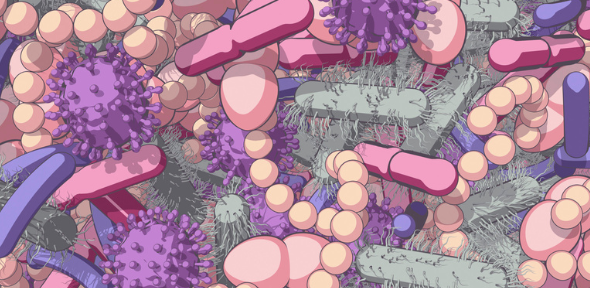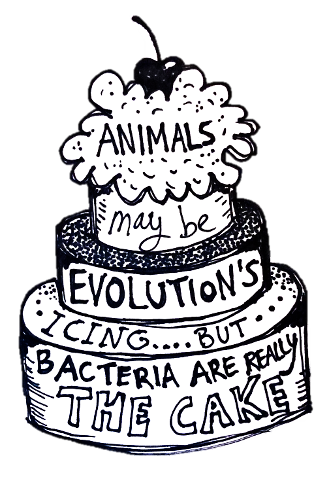
Submitted by Sophie Milbourne on Fri, 09/09/2022 - 09:00
As someone who hovers between being a millennial and gen-Zer, I often wonder how great thinkers of the past would view the extensive ways in which social media are intertwined with our everyday lives. Plato, for instance, might have thought that these virtual alternatives to real-life interactions are mere shadows of reality, nothing but empty resemblances of our human nature. Or maybe he would have been in awe of the easy access to a tremendous amount of knowledge that can be shared and exchanged with the ease of a click, rendering everybody with a Wi-Fi connection a near deity. Whether or not the internet and social media serve to aid or compromise our social (and intellectual) development is yet to be figured out. However, if the past two years, tainted by a global pandemic, has taught us anything, it is that social interactions are irreplicable elements to our wellbeing. Being social is indeed in our nature. But not just ours.
The technical revolutions of the 21st century have brought about numerous paradigm shifts in almost every field of science. In biology, methods allowing us to map individual molecules, made us realise that the 'Central Dogma of Biology' (genetic information flows from DNA to RNA to protein), however elegant, may be (quite literally) too one-dimensional. Another big breakthrough presented itself in the field of microbiology, where high-throughput, culture-free technologies allowed us to break free from the constraints posed by the Great Plate Count Anomaly, revealing the enormous complexity and diversity of microbial communities all over the world.
Basically, it was discovered that microbes – the simplest forms of life – have far more intricate social lives than previously imagined. Besides a renewed sense of humbleness, this fascinating finding brought about more questions than it answered (as is usually the case with ground-breaking discoveries). For instance, what mechanisms keep microbial communities diverse and stable in otherwise trying conditions? What emergent properties are dependent on community complexity? What forces drive community assembly? And how does community composition feed into the selective landscape of each of its members? These questions are less niche than they may seem; answering these questions may reveal universal laws that govern all of life. They may help us understand what drives biodiversity and how best to maintain it. And yes – they may also help us understand our own nature.
As we all know, our planet’s biodiversity has suffered greatly at the expense of human consumerism, land-use transformations and anthropogenic climate change – so much so that this time period may make its official mark as the Anthropocene. Biodiversity, however, is not just something of interest to environmentalists and WWF-employees strategizing nature conservation in the jungles of the Amazon. Besides the jeopardisation of essential (macro)ecosystem functions dependent on biodiversity (such as soil fertility and water purification), there are also more direct and personal consequences of biodiversity loss – namely that which is happening in our guts.
The westernisation of diet (i.e., more processed foods, fewer plant-based fibres) is connected to an overall trend of reduced gut microbial diversity. A healthy, diverse gut contains trillions of bugs that together can weigh one kilogram and have around a hundred times more genes than their host. Lower gut diversity has been linked to all sorts of ‘modern’ diseases, such as obesity, irritable bowel syndrome, autoimmune disease, and even cancer. Lower gut diversity has also been associated with a reduced resilience to harmful compounds and/or invasive pathogens. With increasing human populations and intensification of animal agriculture, the potential for emergence and spread of pathogens also increases – a field of research that, for obvious reasons, has gained more interest in recent years. On top of that, public health faces the risks posed by antibiotic resistance.
With prevention being better than cure, public health may benefit from prioritising the maintenance and restoration of our own gut ‘jungles’. To achieve this, first, fresh produce needs to be accessible to all members of society. Second, any campaign aimed to increase public awareness about the importance of a diverse microbiome, besides emphasising health benefits, cannot appeal to empathy – after all, there is no relatable furry flagship creature in the gut microbial world (despite remarkable efforts by the giantised microbe plushies industry to make even E. coli look endearing). Perhaps we can make microbes more relatable via the one thing we have in common: our social nature.
Microbes, like us, have friends and foes, and everything in between. They can recognise those that pretend to be friends but are foes in disguise. They can be altruists and parasites, and switch between the two like night and day. They can play by the rules of a solidary community, or be malicious cheaters. They are the ultimate social network (PhageBook, Critter, or Insta-gram-negative if you will), and display numerous wonderful examples of social synergy where the product of their interactions is more than the sum of its parts. They can achieve collective structures that, when in scale, make human skyscrapers pale in comparison. They defy the rules of classic ecological ‘eat-or-be-eaten’ food-webs by having the ultimate circular economy via the phenomenon of cross-feeding. Through horizontal gene transfer, they can exchange certain skills faster than we can by watching TikTok tutorials. Their social sophistication truly should not be underestimated based on how simple they may look at first glance.
Now, of course, we need to be careful when anthropomorphising single cells. But let it be clear that microbes rely as much on each other as we do. In my research on microbial community interactions, I aim to grasp the (universal) mechanisms ruling social interactions in microbes, which may help us understand our own social nature as well. I aim to elucidate the mechanisms leading to microbial cooperation and synergy and all the important emergent functions that result from it, such as resilience to toxic compounds. As a new PhD student that started out during the pandemic, I was reminded of the enormous importance of social interactions in progressing both my personal and academic life, and I am sure many others experienced the same. There are numerous examples of exchanges of ideas – synergies – between thinkers of different fields leading to transformative changes in society. Let the past two years be a reminder that the ‘magic’ of social synergy, for creatures at all scales of biological complexity, should not be underestimated. Whether you’re a social animal or animalcule, we are all better – and far more interesting – together.
Naomi van den Berg is a PhD student in the Patil group and author of this blog. Naomi entered the MRC Max Perutz Science Writing Award in 2021 with this piece.


